Plasticity & Escape — A Gentle Guide to OPC/AC/MES State Transitions
Why do single agents rarely suffice? Because GBM has plasticity—it can shift among OPC-like, AC-like, and MES-like faces. Let’s build intuition and turn it into a practical combination-first plan.
Today’s Goals (3-Minute Preview)
- Understand the three faces: OPC-like / AC-like / MES-like.
- See how state shifts create escape routes and resistance.
- Learn what nudges transitions (internal & external cues).
- Draft a combination-first strategy to close the gaps.
Meet the States: OPC / AC / MES
OPC-like
- Oligodendrocyte progenitor–like; growth-leaning.
- Cell-cycle and DNA synthesis programs are prominent.
- Sensitivity: may respond to cell-cycle inhibitors (e.g., WEE1 contexts).
AC-like
- Astrocytic features; supportive/metabolic programs.
- Metabolic and signaling dependencies (context-specific).
- Sensitivity: metabolic or pathway-modulating combos.
MES-like
- Mesenchymal-leaning: invasive & resistant.
- Inflammation, ECM remodeling, adhesion programs.
- Sensitivity: often needs microenvironment/invasion targeting in combination.
Think of a continuum with biases rather than hard buckets.
How Plasticity Creates Escape
- Under drug pressure, cells can shift state and evade.
- Hypoxia, inflammation, and nutrients shape transitions.
- Hence single agents often fail to hold ground for long.
An Intuition: The Chameleon
If therapy targets “red,” the tumor turns “blue.” Target red + blue, and switching helps less. Here, “colors” map to OPC/AC/MES states.
What Drives Transitions? (Primer)
1) Intrinsic
- Copy-number patterns (amplifications/deletions).
- Transcriptional network rewiring.
- Chromatin/epigenetic changes.
2) Extrinsic
- Hypoxia, inflammation, nutrient context.
- ECM alignment/stiffness; MIF–CD74 and niche cues.
- Radiation/drug selection pressure.
Closing the Gaps: Combination-First
- Pre-CC + niche (e.g., MIF–CD74) together up front.
- Cell-cycle control (WEE1/CHK1/ATR contexts) to blunt OPC-like growth.
- Invasion/ECM/adhesion controls to limit MES-like escape.
- Ordering & timing (concurrent/sequential) to exploit transition windows.
Specific agents and trial status will be mapped in Part 7; biomarkers and stratifiers in Part 6.
Text Diagram (swap for SVG later)
State Map
- OPC-like ⇄ AC-like ⇄ MES-like (continuum)
- Environment & therapy tilt the balance
- Recurrent tumors often bias toward MES-like traits
Counter-Map
- Block pre-CC + niche (MIF–CD74)
- Control OPC-like growth via cell cycle
- Limit MES-like invasion via ECM/adhesion
- Use timing to catch transitions off-guard
Quick Summary
- GBM spans a OPC/AC/MES continuum—that’s plasticity.
- Plasticity creates resistance and single-agent limits.
- A realistic plan is multi-node, combination-first across pre-CC + niche + cell cycle + invasion.
My View
Rather than chasing each new color, I aim to shrink the room for color change. That means anchoring the seed (pre-CC) and the niche, while flanking OPC-like growth and MES-like mobility. In Part 6, we’ll translate this into biomarkers and composite diagnostics that guide who/when/what.
Edited by the Morningglorysciences team.
Related Article
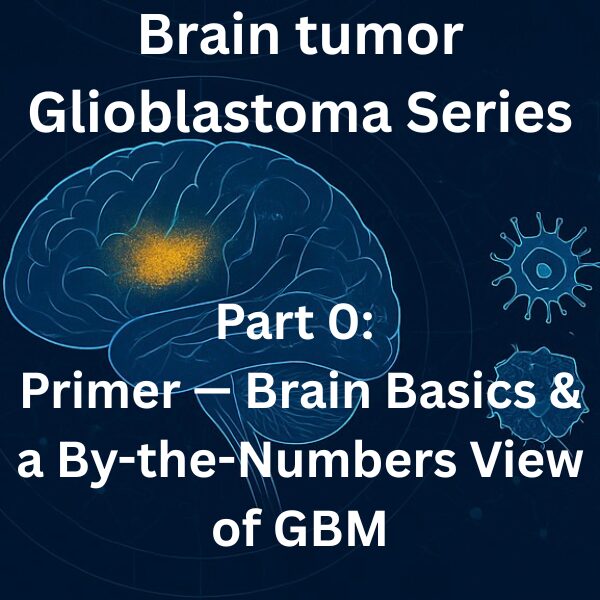
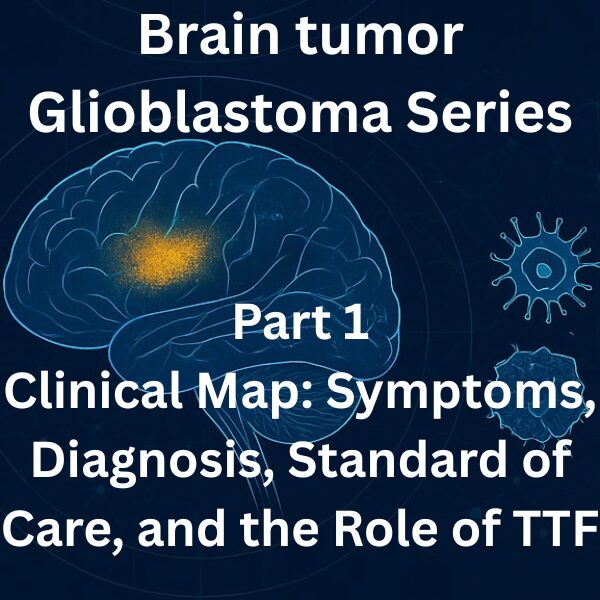
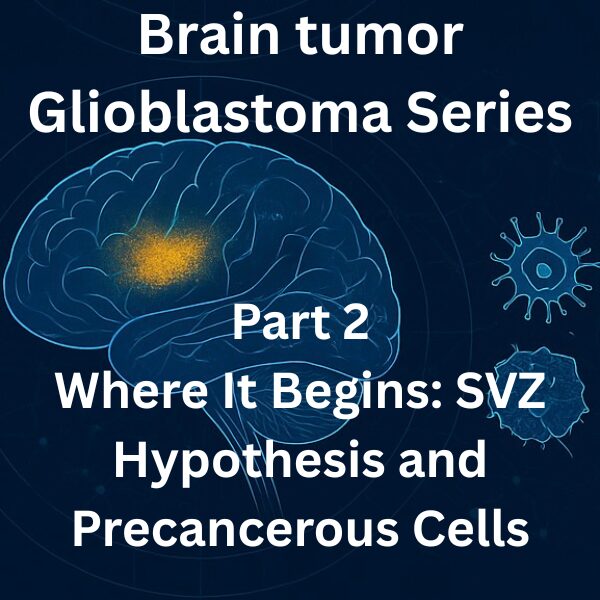
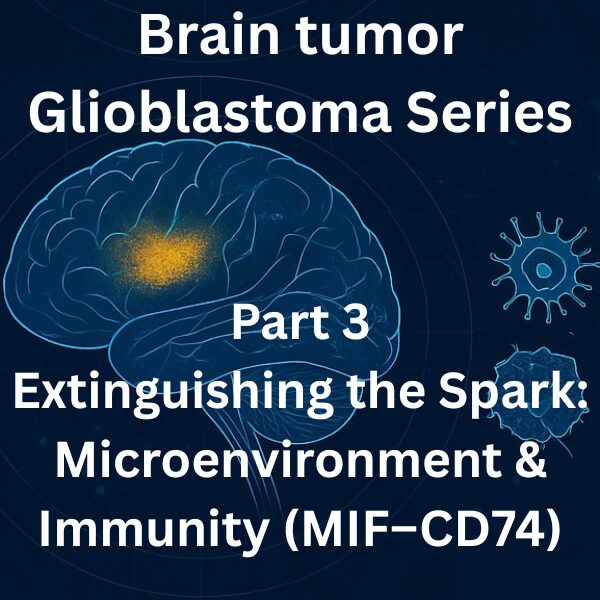
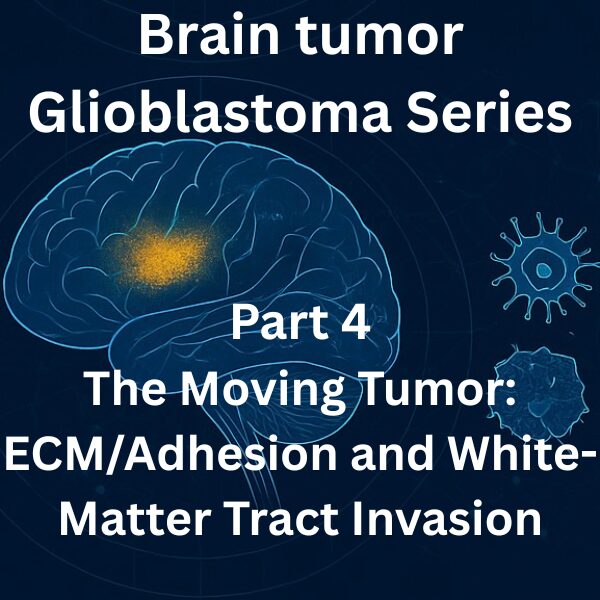
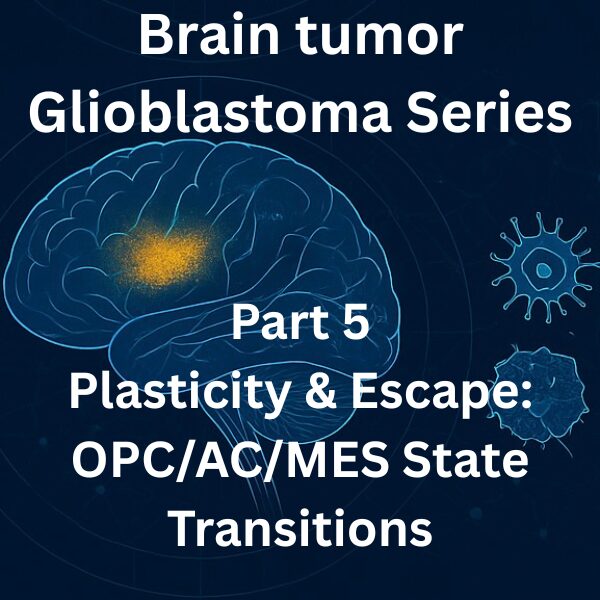
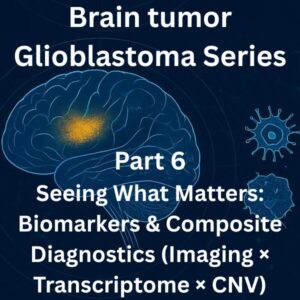
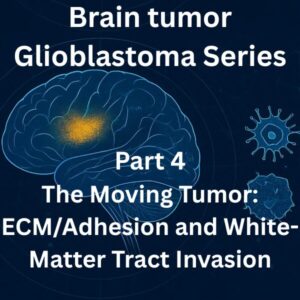
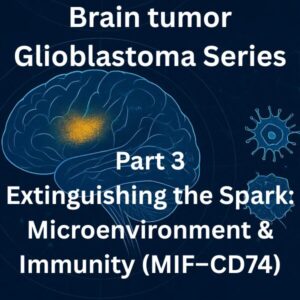
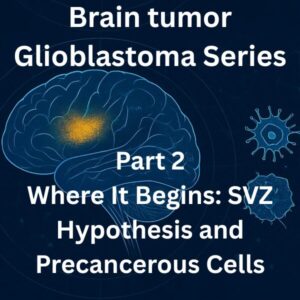
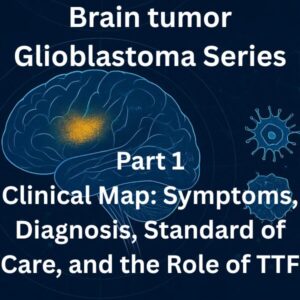
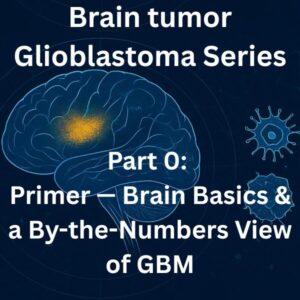
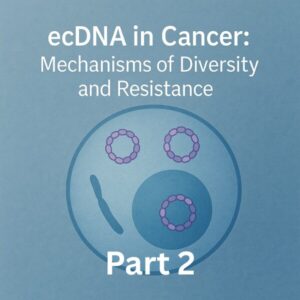
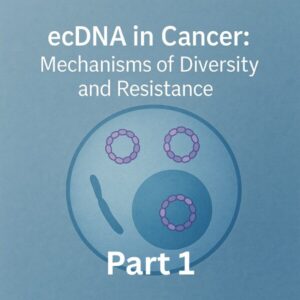
Comments